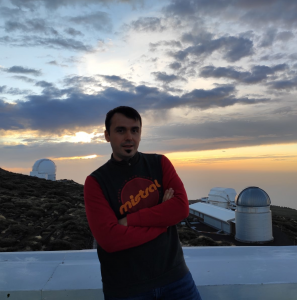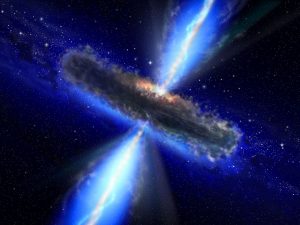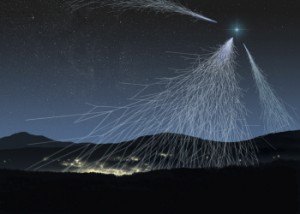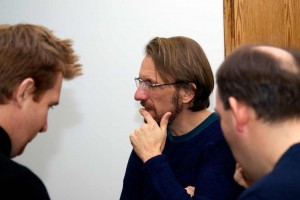
Guest: Dr. Marcel Popescu, Astronomical Institute of the Romanian Academy, Bucharest, Romania
When: 11 April 2024, 11:00
Where: ISS, Auditorium
Abstract: Asteroids are the remnants of the planetesimal population that once formed the planets. Consequently, they offer significant opportunities for studying the origins of our Solar System, allowing us to trace the pristine conditions of planetary formation untamed by the influence of major planets and their atmospheres.
The near-Earth asteroids (NEAs) represent a class of asteroids with orbits close to our planet. These small bodies of the Solar System are defined as having perihelion distances q < 1.3 astronomical units (au). Because of their proximity to the Earth, they provide valuable information on the delivery of water and organic-rich material to the early Earth, and the subsequent emergence of life (Marty et al. 2016). From a practical point of view, the study of NEAs is a key point for space exploration. For instance, recent missions such as NASA’s OSIRIS-REx and JAXA’s Hayabusa2 have successfully returned samples collected from two primitive asteroids (Bennu and Ryugu). The ESA’s Hera mission, scheduled for launch in October of this year, will investigate the binary asteroid (65803) Didymos, which was the target of the first large-scale collision experiment involving the controlled impact with NASA’s DART spacecraft. Furthermore, the NEAs are regarded as ideal targets for In-Situ Resource Utilization (ISRU) and are anticipated to become a significant source of materials for space activities in the near future (Sanchez & McInnes 2013).
In this talk I will provide an overview of studies concerning the near-Earth objects. I will outline various approaches for discovering asteroids, as well as methods for characterizing them using ground-based telescopes. Finally, I will discuss the exploration of NEAs through space missions.
Contact person: Dr. Gina Isar <gina.isar[at]spacescience[dot]ro
Photo Galery:



 Organizer: ISS, The Space Plasma and Magnetometry Laboratory – 1040
Organizer: ISS, The Space Plasma and Magnetometry Laboratory – 1040





